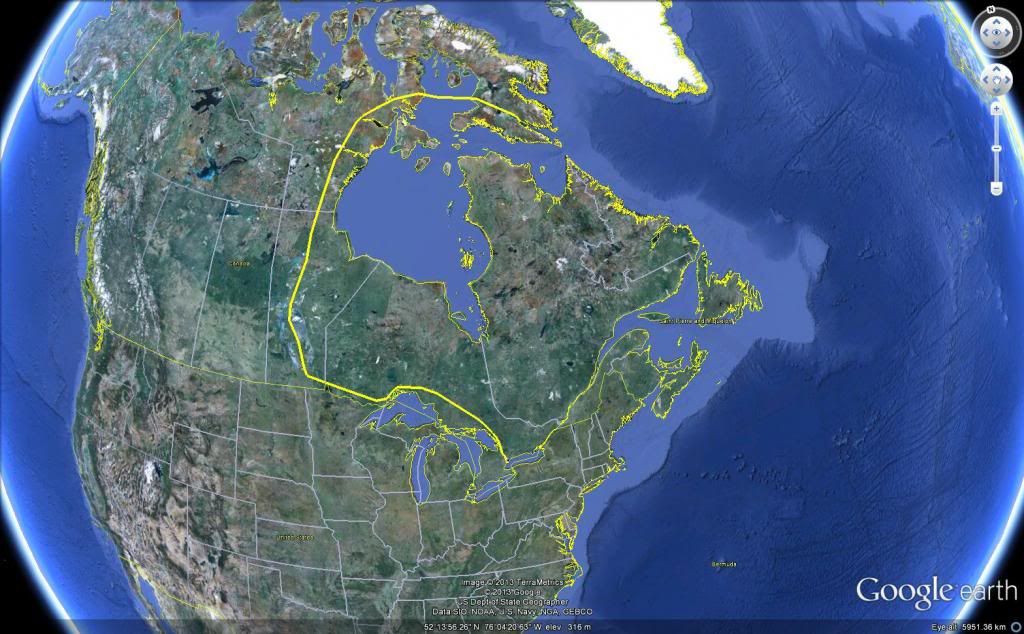Something of a fantasy map.
There are five major components to this.
...
2.) DRL: I've opted for a typical rail corridor DRL, though extended further into Agincourt & the Junction. In order to save costs, this DRL would poach rail corridor space from GO and in Union Station. If more money became available I'd rather have a Queen alignment, but I think this would be more economic. The only substantial difference would be my route skipping Flemingdon and cutting across to Eglinton/DonMills. This should lower construction costs and better facilitate regional trips, while Flemingdon would apparently have been quite low ridership anyways.
3.) Regional Branches: The only really novel part of my fantasy would be having GO/REX feeder routes branching off of my DRL. This isn't even that novel, actually. I know drum118 has suggested running the Richmond Hill line into the DRL and it's pretty common in Japan for commuter rail services to run through subways. This should kill two birds with one stone. It would be easy to transfer tracks currently used for GO to be used by the DRL and it would bring regional rail service to most of the 416/905. The exact service levels would depend. Assuming the central DRL trunk was built to accomodate 30-36 tph, during peak the western branches could see 10-12 tph each and the eastern branches 15-18. Those frequencies could allow even further branching (e.g. 4/10 Brampton trains serving Pearson, or a spur to the Buttonville development). To keep costs low and travel times high, station spacing would be on the order of every 3-4km.






